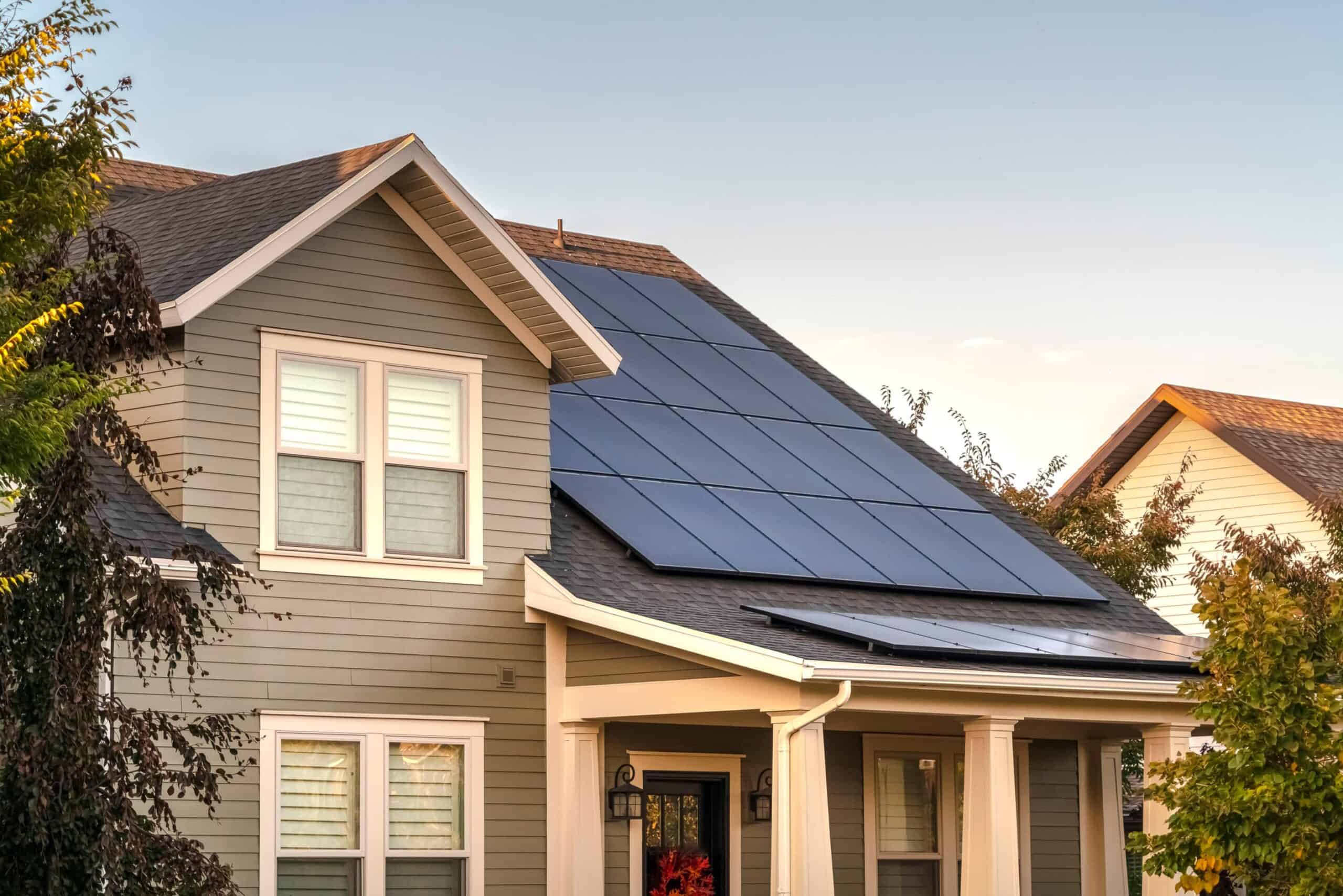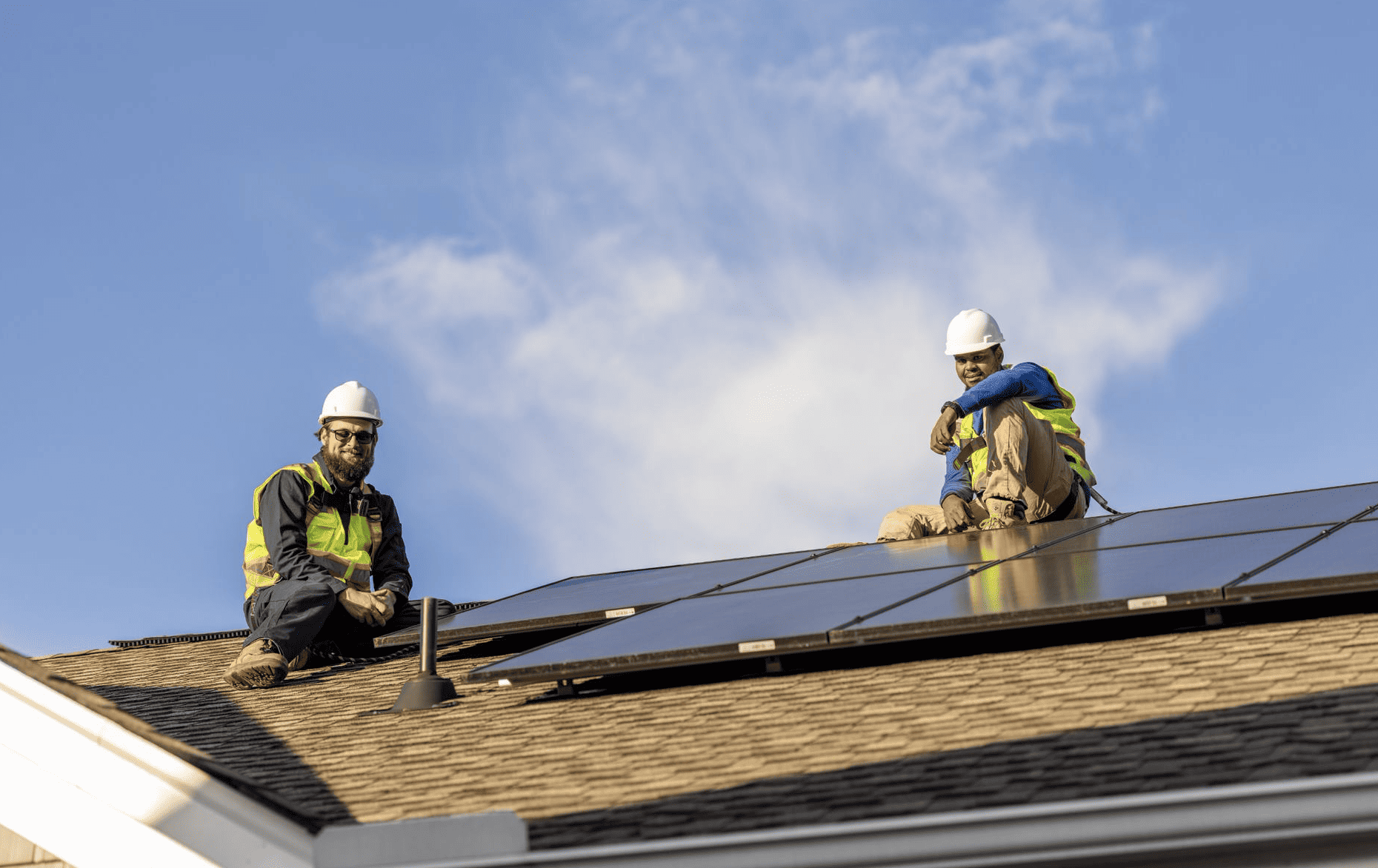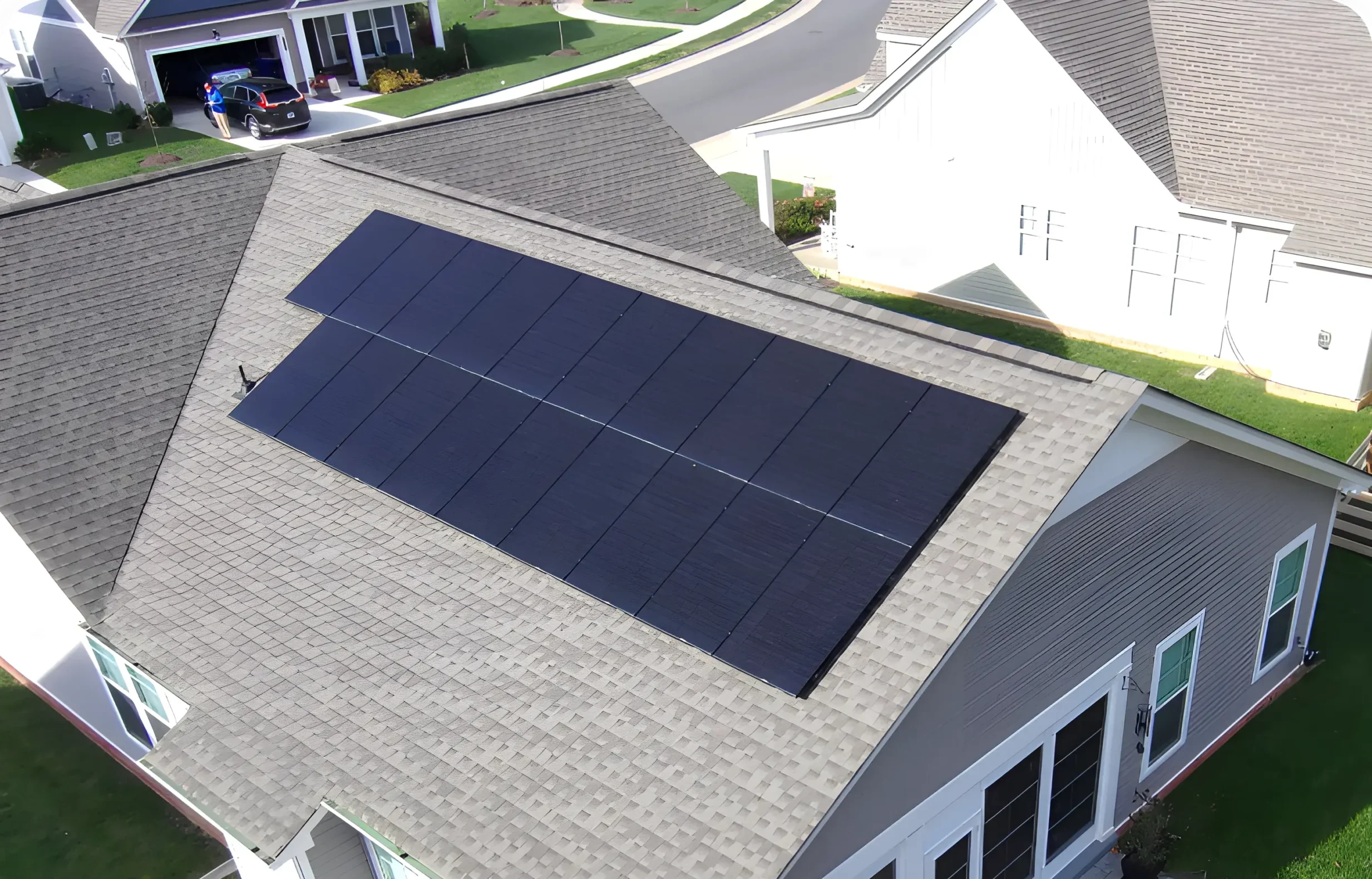How Long Does it Take to Charge a Tesla?
Known around the world as some of the most popular and talked-about electric cars, Tesla Motors and its models, such as the Model S, Model X, Model 3, and Model Y are considered luxury electric vehicles (EVs with a long travel range and an appropriate price tag, too). It is essential to understand the different options you have to charge your Tesla if you are a Tesla car owner.
Options For Charting a Tesla: At Home Charging Stations Vs. Superchargers
When you purchase a Tesla, your car comes with a Level 1 charger (details below). Additionally, you will have a choice to use any one of the following options:
- Level 1 Charger: a 110 volt charge using a standard wall outlet
- Level 2 Charger: a higher-powered 240 volt charge using a wall outlet similar to a dryer
- Wall Connector: a custom Tesla charging solution that works similarly to a Level 2 but uses proprietary installation procedures
- Level 3 Charger: also called a Supercharger, these are found in Tesla charging stations and offer a direct charge (or DC charge) at 400-900 volts often not suitable for homes (as homes cannot safely carry this electrical capacity)
Electric Vehicle charging stations are becoming increasingly popular on roads and at homes.
With a Level 1 charger, you need up to 12 hours to charge your Tesla vehicle.
This also depends on how full your Tesla’s battery is and what kind of charging station that you use. You can view the times to charge below where we assume you have a completely empty battery and own a Tesla with the largest batteries available.
Charge Time for a Tesla Model S
| Charger Level | Time to Charge |
|---|---|
| NEMA 5-15 | 3 miles of range/hour |
| NEMA 14-50 | 17 to 18 hours |
| Wall connector | 9 hours |
| Supercharger | 30 minutes |
Charge Time for a Tesla Model X
| Charger Level | Time to Charge |
|---|---|
| NEMA 5-15 | 3 miles of range/hour |
| NEMA 14-50 | 18 hours |
| Wall connector | 8 to 8 ½ hours |
| Supercharger | 25 to 30 minutes |
Charge Time for a Tesla Model 3
| Charger Level | Time to Charge |
|---|---|
| NEMA 5-15 | 3 miles of range/hour |
| NEMA 14-50 | 8 to 12 hours |
| Wall connector | 7 to 8 hours |
| Supercharger | 25 to 30 minutes |
Charge Time for a Tesla Model Y
| Charger Level | Time to Charge |
|---|---|
| NEMA 5-15 | 3 miles of range/hour |
| NEMA 14-50 | 11 to 12 hours |
| Wall connector | 7 to 8 hours |
| Supercharger | 25 minutes |
What Type of Tesla Car Charger is Right For Me?
With so many options, choosing a Tesla charger that best suits your needs can be difficult. Yes, the time it takes to charge is important, but here are other features of each type of charger for you to consider:
Level 1 Charging for Tesla
This type of charger uses standard NEMA 5-15 plugs (two prongs with no ground) and fit into a normal wall outlet. They are considered the slowest type of Tesla EV charger available. Roughly this standard charger will offer about 3 miles of range per hour of charging for its Tesla vehicle and it’s best used at home overnight.
NEMA 14-50 Charging for Tesla
Level 2 chargers use NEMA 14-50 plugs (four-wire grounding devices) to connect Tesla vehicles into a 240 volt wall outlet, which is usually used by your clothes dryer or other similar appliances. This charger could fully charge your Tesla car battery roughly in 10 hours (for the Model S) to 10 ½ hours (for the Model X).
Wall Connectors For Tesla Charging Stations
Tesla is also now offering at-home wall connector charging stations, seen as an “upgrade” from the standard charging cord provided when you purchase your Tesla. You can install a wall connector to charge either your Tesla Model S or X in the comfort of your home with the assistance from a qualified electrician. With this you can fully charge your battery in 6 to 9 hours (for Model S) or 6 ½ to 10 hours (for Model X). With Dominion Energy Solutions we often take into consideration if homeowners plan to own an electric vehicle, and design their system to meet future energy usage.
Tesla Superchargers
Tesla’s Supercharger stations are now spread around the country, which helps customers enjoy a road trip with your Tesla Car. Please note that these charging stations are only compatible with Tesla vehicles and they can charge them within an hour and a half.
How Long Will The Batteries Last In My Tesla?
The smallest Tesla battery, which is a Model 3, can last up to 262 miles with a single charge. The Tesla Model S battery is on the highest range of the spectrum, offering up to 405 miles with one single charge.
It is crucial to point out that these numbers are not always exact and it is strongly advisable to charge your Tesla as indicated. There are certain factors that can affect your Tesla battery life, such as driving on backroads instead of the highway or/and the size and model of the battery.
Also the lifespan of a Tesla vehicle battery can range, depending on several factors. Roughly they last between 300,000-500,000 miles, which is between 21-35 years based on the average number of miles driven by USA drivers.
What Will I Spend on Electricity to Charge a Tesla?
Needless to say, electric car owners save a lot of money compared to those using a fuel-powered vehicle. Obviously the cost of charging your Tesla vehicle varies on your car and also on your location, as electricity costs can vary from different utility companies and states. The cost to fully charge a Tesla depends on the car you have and where you live, because electricity prices obviously vary from utility to utility and from state to state. The price to “fill up” a Tesla Model S battery at home ranges from $6.60 (in Washington state) to just over $21.00 (in Hawaii). For a Tesla Model X, prices will fluctuate between $6.70 (Washington) and nearly $22.00 (Hawaii). In states such as Virginia, Dominion Energy provides EV charging station rebates to spur EV charging station growth. The program is known as The Smart Charging Infrastructure Pilot (or “SCIP”) Program.

Cost to Charge a Tesla Model S in Top U.S. States
| Location | Per-kWh electricity rate | Price of a full charge |
|---|---|---|
| California | $0.14 | $9.86 |
| Colorado | $0.12 | $8.37 |
| Hawaii | $0.30 | $21.23 |
| Massachusetts | $0.21 | $14.49 |
| Nevada | $0.12 | $8.62 |
| New York | $0.17 | $12.12 |
| Oregon | $0.11 | $7.48 |
| Utah | $0.11 | $7.52 |
| Vermont | $0.18 | $12.40 |
| Washington | $0.09 | $6.60 |
Cost to charge a Tesla Model X in Top States
| Location | Per-kWh electricity rate | Price of a full charge |
|---|---|---|
| California | $0.14 | $10.14 |
| Colorado | $0.12 | $8.60 |
| Hawaii | $0.30 | $21.84 |
| Massachusetts | $0.21 | $14.90 |
| Nevada | $0.12 | $8.87 |
| New York | $0.17 | $12.46 |
| Oregon | $0.11 | $7.70 |
| Utah | $0.11 | $7.73 |
| Vermont | $0.18 | $12.76 |
| Washington | $0.09 | $6.79 |
Charge Your Tesla With Solar Energy and Wipe Out Your Fuel Costs
Your fuel costs are basically the cost of electricity used to charge your vehicle, when purchasing an electric car. If you install a solar panel system at home, you can use the electricity generated by the panels to charge your Tesla’s battery, instead of using the power from the grid.
What does that mean? Well, obviously cleaner (as electricity is emission free), cheaper energy for both your property and your car. A win-win situation as solar panels can generate green energy for more than 25 years.


















